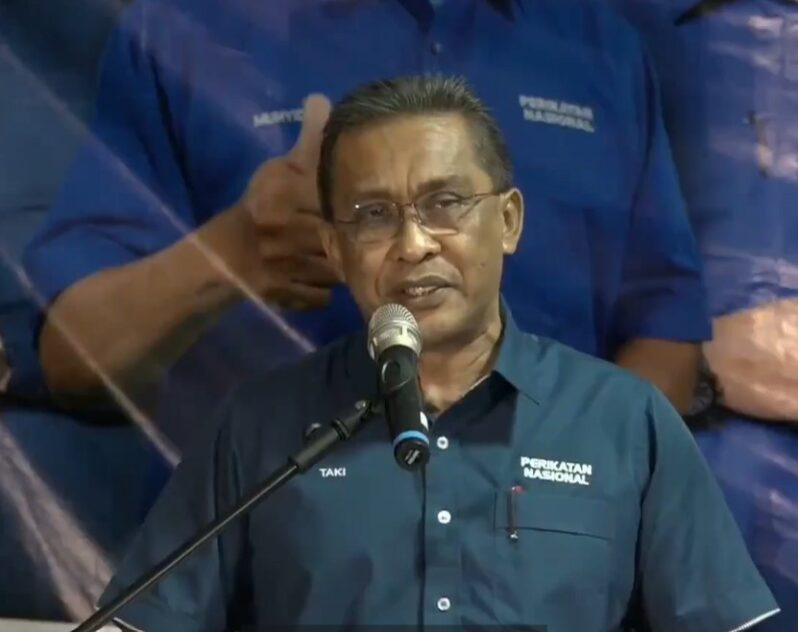NEW DELHI: India’s government predicted that economic growth will pick up to between 6% and 6.5% in the fiscal year beginning April 1, after falling to more than a decade-low this financial year.
India saw growth drop to 4.5% in the July-September quarter – its lowest level in 26 quarters. Consequently, the budget deficit for the upcoming fiscal year may need to exceed this year’s target of 3.3% of gross domestic product, the government said in an economic survey released on Friday.
India should rationalise food subsidies, push exports and adopt counter-cyclical fiscal policy to boost sluggish demand, Krishnamurthy Subramanian, chief economic adviser to the finance ministry, said in the report.
But he warned that expanding fiscal deficit targets would pose a risk of “crowding out private investments” and slower growth in consumer demand amid continued global trade tensions.
The government estimates gross domestic product will grow 5% this fiscal year, which ends on March 31. That would be the slowest growth since the global financial crisis of 2008-09.
The survey urged the government to use its majority in parliament to speed reforms to boost investments and recovery.
Some economists believe the survey’s growth forecast is too optimistic. They point out recovery remains fragile, inflation is accelerating, and consumer demand and investments are likely to decline, even though the central bank cut interest rates by 135 basis points in 2019.
“The forecast could be aspirational,” said N.R Bhanumurthy, at the National Institute of Public Finance and Policy think tank.
“There are difficult times we are facing right now, the economy is in a bad shape,” he added, citing protests against the new citizenship law, perceived to be discriminatory to Muslims.
‘Thalinomics’
In an attempt to show the impact of the fall in overall inflation during the last six years with Narendra Modi as Prime Minister, the survey came up with the term “Thalinomics – the economics of a plate of food in India.”
The survey said affordability of vegetarian “thalis,” a Hindi word for a plate of food, has improved by 29% from 2006-07 to 2019-2020, and non-vegetarian “thalis” by 18%.
The Modi government has touted its achievement in bringing down inflation from a 12.13% high in November 2013 to below 5%, though it has risen again and recorded a five-year high of 7.35% in December.
The survey said the fall in food inflation has been a major contributing factor in reductions between 2014-15, when the Modi government first came to power, and 2018-19.
However, economists point out that low core inflation, without fuel and food prices, is evidence for weak demand in the economy.
Finance Minister Nirmala Sitharaman will present the budget for the coming fiscal year on Saturday.
In it, Sitharaman is expected to announce a host of economy-reviving measures. Income tax cuts, higher spending on infrastructure and incentives for real estate are likely. So is a plan to revive stressed shadow banks.
However, the slowdown in growth has reduced tax revenues. The government may be forced to channel its increased spending through quasi-sovereign bodies, which would not be included in its deficit calculations.
The report gave no projection for the deficit. Economists believe that is around 3.8% for the ongoing fiscal year.
To accommodate higher spending, the deficit might be allowed to grow to at least 3.5%, missing the 3% target for next year, sources and economists have told Reuters.
Subramanian also said that the impact of China’s fast-spreading coronavirus would be marginal on the Indian economy. – Jan 31, 2020, Reuters










